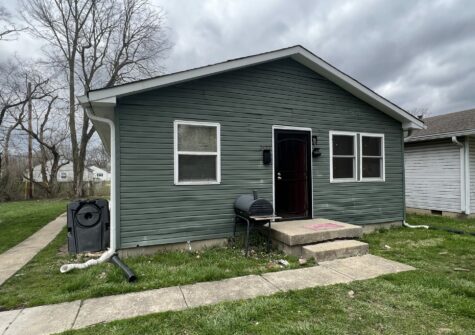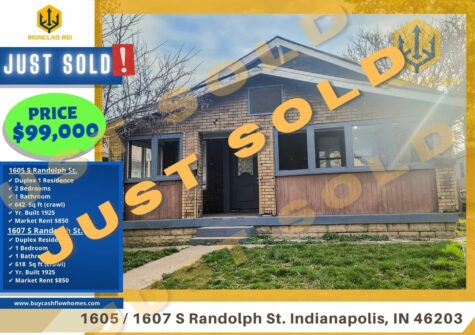When speculating on long-term passive property investments, one should consider taking into account the “1% rule”. While it is not a perfect measure of whether or not a property will yield a profit, it has been shown to be a good “rule of thumb” for determining approximately how much to charge for rent on any give property and if that rent will be enough to cover the mortgage.
The basic idea is to take the total cost of the property and any necessary repairs and multiply it by .01 (1%) and then use that figure to plan how much one will charge a tenant. It does not take into account all aspects of an investment but is close enough to generate a ballpark number which can be compared to current rental prices in the area and ensure the investment is economically viable. The biggest value is determining which investment properties to avoid, rather than determining which will generate the most profit.
The 1% rule is not even necessarily an indicator that a property will make a profit, but is at least likely to break even. It can be an extremely powerful tool when used appropriately and should be in the toolbox of anyone considering investment properties.
Looking to rent property out? Use the 1% rule to make sure you can cover costs and turn a profit. #Ironclad
Key Points:
- 1Helps determine if a rental asset is worth buying.
- 2This rule is not helpful with determining the costs of up keep, repairs or taxes.
- 3Helps you calculate if enough rental income will be generated to cover the rental property mortgage.
See the original at: https://www.fortunebuilders.com/one-percent-rule/




